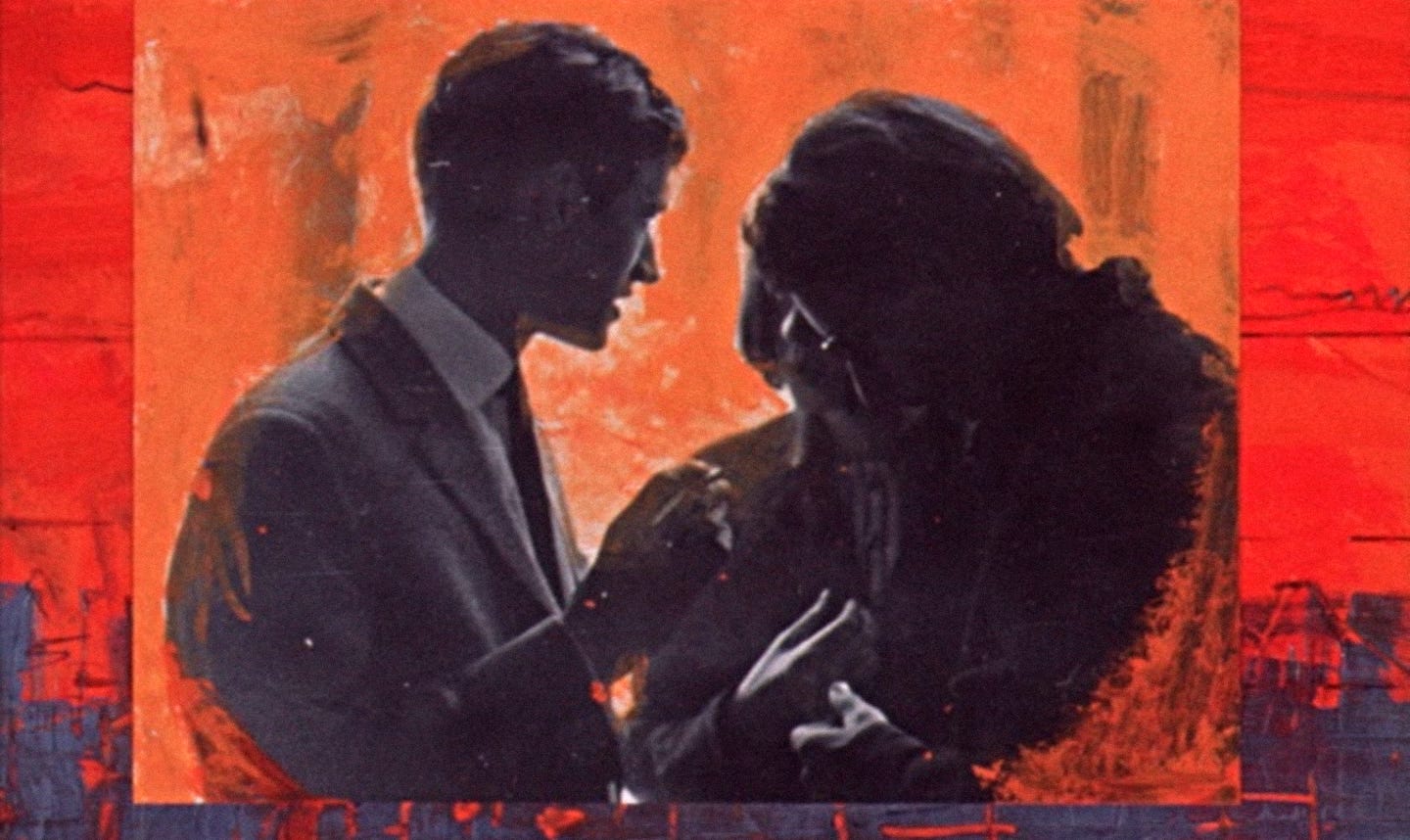
Welcome back! This Thursday edition of the Animation Obsessive newsletter is all about the art of animated collage.
Creating animation out of plundered bits and pieces isn’t a new idea. The style dates back to the mid-century — and earlier.1 It’s appeared in stuff as big as Yellow Submarine (1968), won Oscars, advertised products. At the same time, since the ‘50s, collage has powered some of the most uncommercial animation made.
It’s still an open frontier today — as the American animator Dave Merson Hess explained in an email to us this week. He wrote:
There is no canon of required reading for cutout. Truly, the rules have not fully been codified. Yes, there are zines, there are book chapters, there are PDFs of assignments scattered across the internet, but there’s no 500-page tome, no pack of devoted readers hellbent on enforcing the so-called rules. When compared to hand-drawn, this is a point of freedom. The so-called principles of animation exist as a set of potential suggestions.
Hess is an experienced collage animator who’s taught the technique at CalArts. (See his recent short Tight Pants Ultra Bold, about an imaginary font made in 1996 and uploaded to a site called “Papa’s Free Font Bucket.”) For today’s issue, we asked him about his theory and practice for animating collage, and his replies were fascinating.
He wrote about ripping “luxury cars, foliage, hands and eyeballs from their printed context” — including the context of capitalism, of advertising — and reassembling them into “beastly puppets” and bizarre worlds where the laws of perspective no longer apply. Reclaiming the images in ads “to express the personal things that have nothing to do with what the sources of those images had initially hoped to express.”
Keep reading with a 7-day free trial
Subscribe to Animation Obsessive to keep reading this post and get 7 days of free access to the full post archives.


